This article was co-authored by Trudi Griffin, LPC, MS. Trudi Griffin is a Licensed Professional Counselor in Wisconsin specializing in Addictions and Mental Health. She provides therapy to people who struggle with addictions, mental health, and trauma in community health settings and private practice. She received her MS in Clinical Mental Health Counseling from Marquette University in 2011.
There are 17 references cited in this article, which can be found at the bottom of the page.
This article has been viewed 171,182 times.
Vaginismus is a type of female sexual dysfunction in which the muscles of the vagina contract involuntarily during attempts at sexual intercourse, causing discomfort and pain. In addition to interfering with a healthy sex life, vaginismus may prevent women from inserting tampons or having pelvic exams. Causes of vaginismus vary and are worth exploring for treatment purposes. Although the condition can be upsetting, embarrassing, and stressful, it is absolutely treatable.
Steps
Identifying Vaginismus
-
1Take painful sex seriously. The first and most disturbing symptom of vaginismus is pain during attempted sexual intercourse. Different women experience this pain differently--it may feel like burning, stinging, tightening, tearing, or as if your partner is “hitting a wall.” In many cases, the pain and the involuntary muscle contractions are severe enough to prevent sexual intercourse entirely.[1]
- Many women discover this problem the very first time they attempt to have sex. This is called primary vaginismus
- Other women develop vaginismus later in life, which is secondary vaginismus. So, it is important not to discount this key symptom just because you have been sexually active without pain in the past.
-
2Note other problems with vaginal penetration. In addition to pain during sexual intercourse, women with vaginismus may have trouble with other kinds of penetration, including tampon insertion and pelvic exams. Other symptoms also include:[2]
- unconsummated marriage
- ongoing sexual discomfort or pain following childbirth, yeast/urinary infections, STIs, IC, hysterectomy, cancer and surgeries, rape, or menopause
- ongoing sexual pain of unknown origin
- halted breathing during attempts at intercourse
-
3Pay attention to other muscle spasms. Vaginal muscle contractions and spasms are the hallmarks of vaginismus, but some women also experience spasms in the legs or lower back. These spasms occur most frequently during attempts at sexual intercourse.[3]
-
4Evaluate your avoidance of sex. Many women with vaginismus fall into a pattern of avoiding sexual situations. Avoiding sexual activity or romantic relationships because of pain or embarrassment about your symptoms is a clear sign that medical help should be sought.
- Remember that this avoidance is not your fault, and is caused by your body's involuntary association of sex with pain.
-
5See a doctor. Make an appointment with your primary care physician or gynecologist to discuss the possibility of vaginismus. Be clear about the extent and severity of your symptoms.
-
6Rule out other conditions. Your doctor should perform a pelvic exam and note any discomfort or vaginal contractions that occur. In addition, he or she will probably recommend additional tests to rule out other possible causes of your symptoms.
- The vaginismus may have an obvious physical cause, like an infection, injury, or hypersensitive nerves at the opening of the vagina (provoked vulvodynia).[4]
-
7Get a diagnosis. If all other potential causes of your symptoms are ruled out, your doctor may diagnose you with either primary or secondary vaginismus. Additionally, your doctor may describe your condition as global, if it occurs in all situations involving insertion or situational, if it occurs only in certain situations (like attempted sexual activity).[5]
- Unfortunately, female sexuality and sexual dysfunction are not fully understood. You may run into medical personnel who dismiss your symptoms or fail to help you. In this case, be persistent about getting a diagnosis and treatment. If your doctor does not help you, see another who has experience treating vaginismus and other forms of female sexual dysfunction.
- Other possible diagnoses are apareunia, a general term for inability to have sexual intercourse (of which vaginismus is one type), and dyspareunia, which refers broadly to pain during sexual intercourse.
- These diagnoses will push your treatment forward, providing the opportunity to arrange a team of experts.
Understanding the Causes of Vaginismus
-
1Consider the role of anxiety. Many women with vaginismus can trace their symptoms to feelings of anxiety, fear, and stress. These can be more deeply rooted, or simply related to current factors of life, like lack of sleep and excessive work-related stress.[6]
-
2Recognize underlying beliefs about sex and sexuality. Women with vaginismus are more likely than others to have deeply ingrained negativity about sex and sexuality.[7] These feelings may date back to childhood, or they may be related to a particularly traumatic event.
- When negative underlying beliefs about sex start at a young age, another potential component of vaginismus comes into play--lack of proper sexual education.
-
3Understand the role of past experiences. It is estimated that women with vaginismus are twice as likely to have a history of childhood sexual interference as non-sufferers.[8] Events thought to contribute range from mild to severe traumas, and include the following:[9]
- sexual abuse by someone familiar
- sexual assault
- pelvic trauma
- domestic violence
- highly negative early sexual experiences with a consensual partner
-
4Know that relationship difficulties may contribute. If you have secondary and situational vaginismus, it may be rooted in issues with a sexual or romantic partner. These issues might include a lack of trust, a fear of commitment, or a concern about becoming too vulnerable or opening yourself up to pain and disappointment.
-
5Be aware that medical conditions and medications may play a role. A variety of conditions may provoke or heighten the symptoms of vaginismus. This is particularly likely if your vaginismus appeared after a period of normal sexual functioning. Potential medical conditions that can contribute to vaginismus include:[10]
- urinary tract infections and other urinary problems
- sexually transmitted infections
- cancer of the sexual or reproductive organs
- endometriosis
- pelvic inflammatory disease
- vulvodynia or vestibulodynia
- Medical procedures involving female reproductive organs, like hysterectomies, can also cause vaginismus.
-
6Acknowledge the potential role of reproductive milestones.[11] For many women, the onset of secondary vaginismus is related to childbirth. This is more likely if it was very difficult or resulted in injuries to the sexual organs. Other women have vaginismus from the hormonal changes and dryness that usually occurs during menopause.
- Secondary vaginismus can also result from a fear of having children or going through childbirth.[12]
-
7Accept a possible lack of apparent cause(s). Some women never find out why they have vaginismus. They have no physical causes and no known non-physical causes.
- Some research even suggests that symptoms of vaginismus are part of general defense mechanisms that are triggered in threatening situations. This suggests that it need not always be viewed as a primarily sexual dysfunction.[13]
Treating Vaginismus
-
1Try counseling. A therapist can be helpful whether or not your vaginismus is caused by emotional or psychological issues. This is because awareness of the condition itself often produces fear and anxiety before intercourse, starting a vicious cycle that exacerbates symptoms. Feelings of depression, isolation, and lower self-esteem are also common effects of the stigma of sexual dysfunction.[14]
- Treatment outcomes are much more positive when the woman and her sexual partner are motivated, cooperative, and resolve to lessen relationship conflicts. So, a couple's psychological evaluation is a great beginning to treatment.[15]
- If your vaginismus is connected to anxiety issues or past sexual trauma, a therapist can help you deal with these issues so you can start to move forward.
- One particular type of therapy, cognitive behavioral therapy (CBT), can be especially helpful to some women. CBT focuses on the relationship between thoughts and behaviors, and a cognitive behavioral therapist can help you change your thoughts and behaviors regarding avoidance of sexual intercourse[16] .
-
2Ask about exposure therapy. One treatment for vaginismus is called exposure therapy, or flooding, and it involves gradual desensitization to penetration.[17] Therapist-aided exposure to penetration is an effective treatment, even for women with lifelong vaginismus.[18] The techniques for exposure usually involve vaginal penetration exercises using dilators.
- This is the same method used for self-treatment, with the addition of a guide who can help you continue on your own with confidence and success.[19]
-
3Find a physical therapist. Ask your doctor to refer you to a physical therapist who has experience dealing with vaginismus and other forms of female sexual dysfunction. Because the muscles of the pelvic floor play such a major role in vaginismus, physical therapy is one of the best treatment options. Your physical therapist might:[20]
- teach you breathing and relaxation techniques
- help you learn pelvic floor muscle contraction to control your pelvic floor muscles
-
4Do Kegel exercises.[21] Kegel exercises are designed to help you control the muscles of your pelvic floor. To do a Kegel exercise, you simply contract the muscles you would use to stop the flow of urine, hold for a few seconds, then relax. Aim to do about 20 contractions at a time, as many times a day as you can.
- Some doctors recommend doing Kegel exercises with a finger inserted into your vagina (you can work up to three fingers). Using your finger allows you to feel the muscle contracting in order to better control its movements.
-
5Consider at-home vaginal dilators. Your doctor may recommend vaginal dilators to use at home. These are cone-shaped instruments that are placed in the vagina. They get progressively larger, enabling the muscles of your vagina to stretch and become accustomed to penetration.[22]
- To begin, bear down as you would when having a bowel movement. This helps enlarge the vaginal opening. Then, insert fingers (not the dilators yet) into your vagina, continuing to push or bear down.
- When you begin using the dilators, leave them in for 10 to 15 minutes. The vaginal muscles will become used to the pressure.[23]
- If you have a spouse or partner, you may want to ask this person to help you insert the dilators.[24]
-
6Take sexual activity very slowly. Women with vaginismus need to be patient and try treatment options before jumping into sexual intercourse. If you try to become sexually active right away, you may experience pain or discomfort, and this sets you up for a cycle of pain and anxiety that worsens vaginismus. It is vital that you have a patient, supportive partner.
- When you do try to have sex, go very slowly, use plenty of lubricant, and experiment to find the most comfortable positions.
- Doctors typically suggest that women hold the penetrative object and place it partially or completely in their vagina as they have done with vaginal dilators. This applies equally to penises, dildos, and vibrators.[25]
References
- ↑ https://www.nhs.uk/conditions/vaginismus/
- ↑ https://www.novaivffertility.com/fertility-help/symptoms-vaginismus
- ↑ https://medlineplus.gov/ency/article/001487.htm
- ↑ http://www.nhs.uk/Conditions/Vaginismus/Pages/Diagnosis.aspx
- ↑ https://www.glowm.com/section-view/heading/dyspareunia-and-vaginismus/item/429#.YWXTwV5R3Ho
- ↑ http://patient.info/doctor/vaginismus-and-orgasmic-problems-in-women
- ↑ https://www.researchgate.net/profile/Rhonda-Amsel/publication/10957434_Etiological_Correlates_of_Vaginismus_Sexual_and_Physical_Abuse_Sexual_Knowledge_Sexual_Self-Schema_and_Relationship_Adjustment/links/53ff77f60cf2194bc29a8264/Etiological-Correlates-of-Vaginismus-Sexual-and-Physical-Abuse-Sexual-Knowledge-Sexual-Self-Schema-and-Relationship-Adjustment.pdf#page=72
- ↑ https://www.researchgate.net/profile/Rhonda-Amsel/publication/10957434_Etiological_Correlates_of_Vaginismus_Sexual_and_Physical_Abuse_Sexual_Knowledge_Sexual_Self-Schema_and_Relationship_Adjustment/links/53ff77f60cf2194bc29a8264/Etiological-Correlates-of-Vaginismus-Sexual-and-Physical-Abuse-Sexual-Knowledge-Sexual-Self-Schema-and-Relationship-Adjustment.pdf#page=72
- ↑ http://patient.info/doctor/vaginismus-and-orgasmic-problems-in-women
- ↑ https://www.healthdirect.gov.au/vaginismus
- ↑ http://www.nhs.uk/Conditions/Vaginismus/Pages/Causes.aspx
- ↑ http://www.nhs.uk/Conditions/Vaginismus/Pages/Causes.aspx
- ↑ http://link.springer.com/article/10.1007/s001920170035
- ↑ https://www.nhs.uk/conditions/vaginismus/
- ↑ http://psycnet.apa.org/psycinfo/2000-08960-006
- ↑ http://www.nhs.uk/conditions/Vaginismus/Pages/Introduction.aspx
- ↑ http://onlinelibrary.wiley.com/doi/10.1002/14651858.CD001760/abstract
- ↑ http://psycnet.apa.org/journals/ccp/77/1/149/
- ↑ http://psycnet.apa.org/journals/ccp/77/1/149/
- ↑ https://www.nhs.uk/conditions/vaginismus/
- ↑ http://www.nlm.nih.gov/medlineplus/ency/article/001487.htm
- ↑ https://my.clevelandclinic.org/health/diseases/15723-vaginismus/management-and-treatment
- ↑ http://www.merckmanuals.com/home/women-s-health-issues/sexual-dysfunction-in-women/vaginismus
- ↑ http://www.merckmanuals.com/home/women-s-health-issues/sexual-dysfunction-in-women/vaginismus
- ↑ http://www.merckmanuals.com/home/women-s-health-issues/sexual-dysfunction-in-women/vaginismus
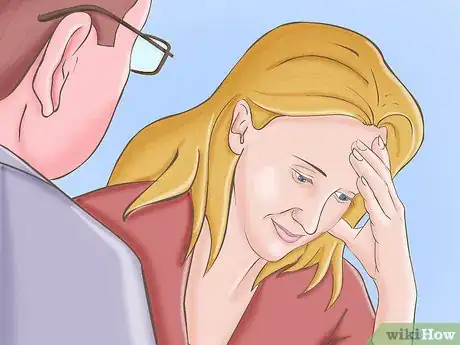

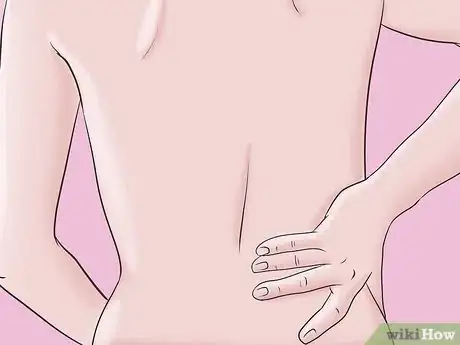

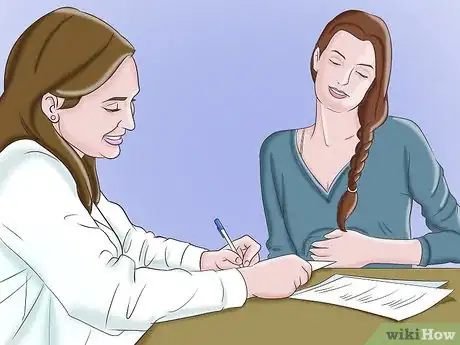
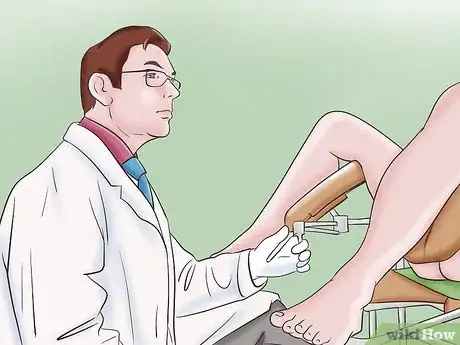
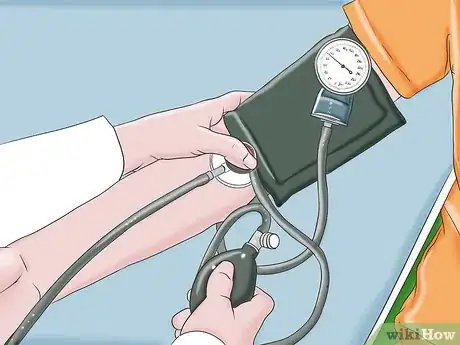
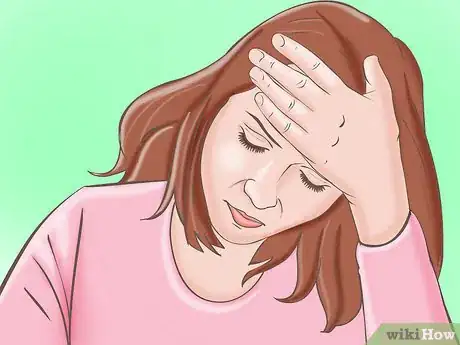







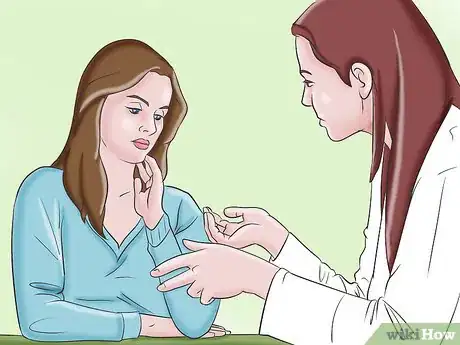
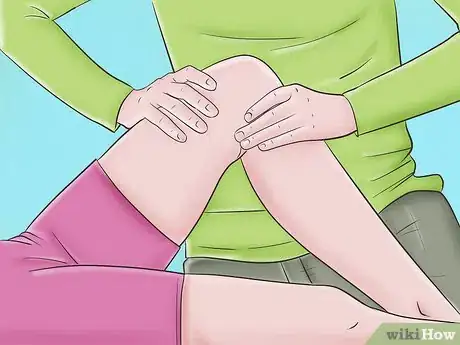

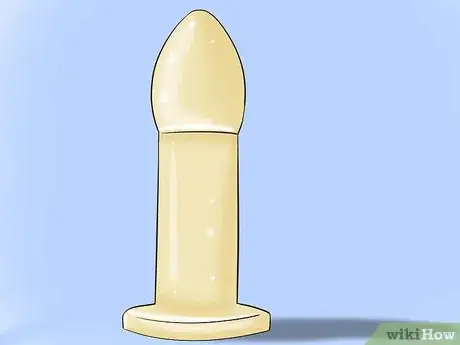
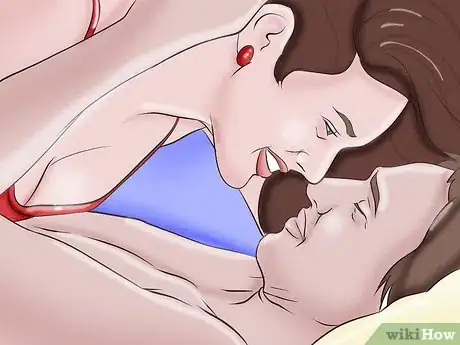
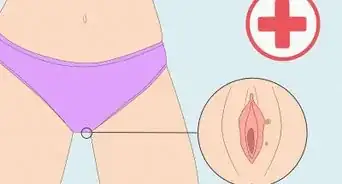
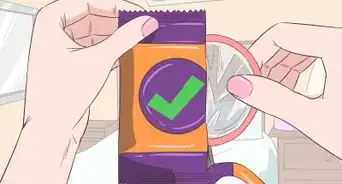

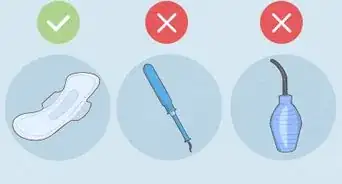



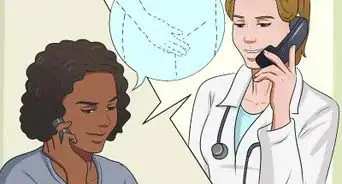

-Step-10-Version-2.webp)
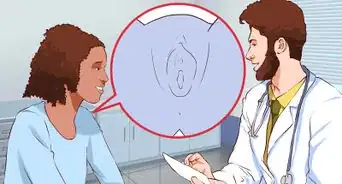

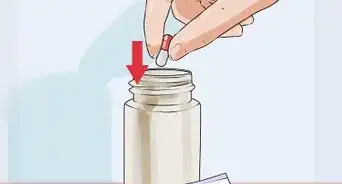








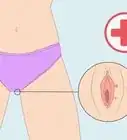
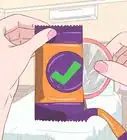
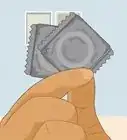
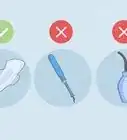



































Medical Disclaimer
The content of this article is not intended to be a substitute for professional medical advice, examination, diagnosis, or treatment. You should always contact your doctor or other qualified healthcare professional before starting, changing, or stopping any kind of health treatment.
Read More...